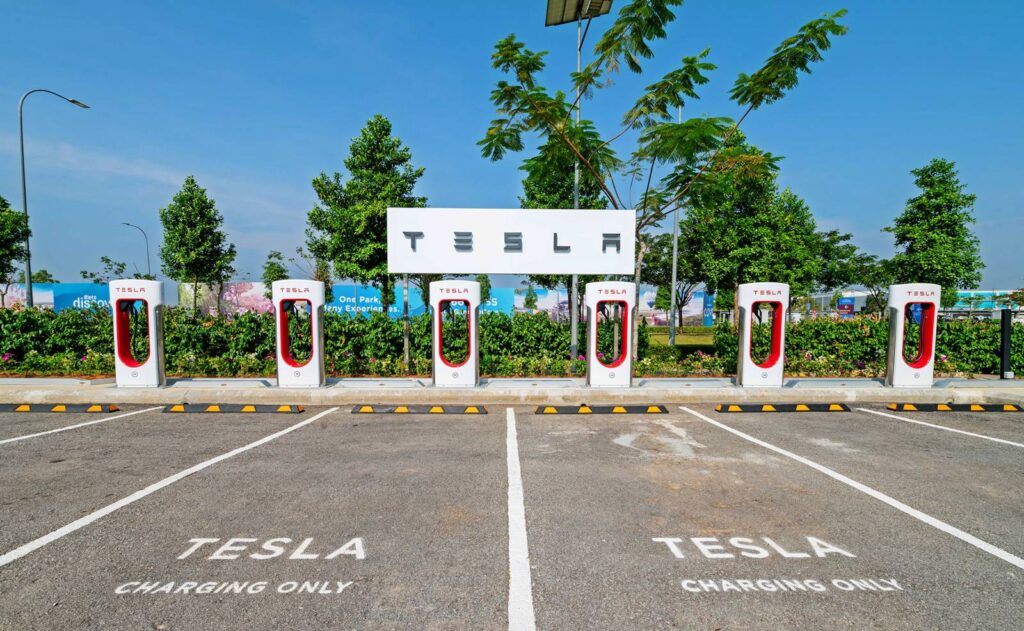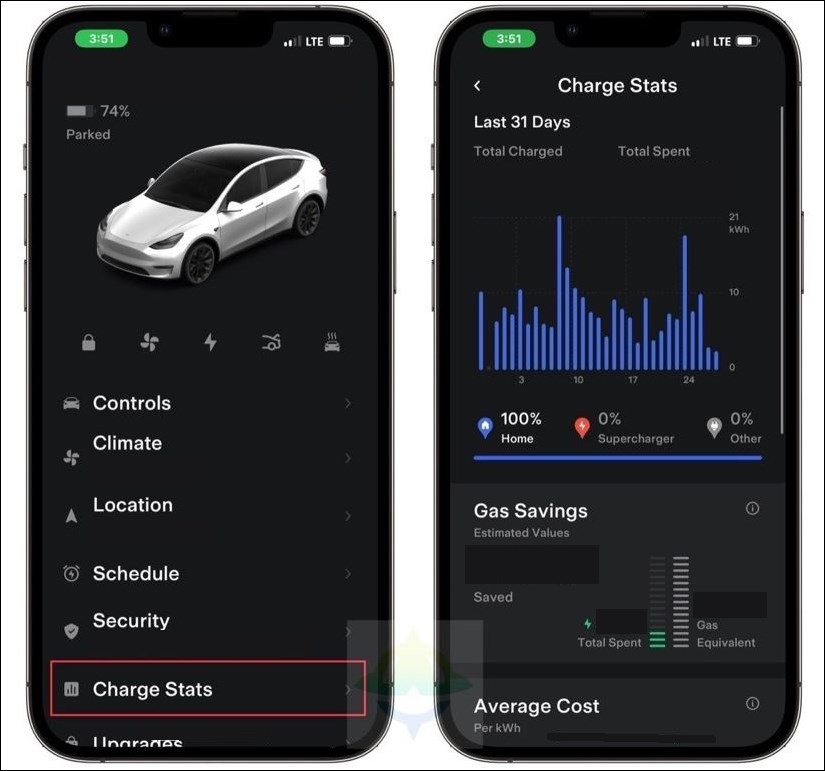Malaysia has gained some prominence in the Tesla world with the opening of the largest station of Superchargers in Southeast Asia. Situated at Gamuda Cove, the large residential area next to the ELITE Highway on the way to KLIA, the station consists of 6 Superchargers and 18 Destination Chargers.
The latest facility joins the carmaker’s 6 Supercharger stations (with a total of 36 charging points) and 8 Destination Charger stations (total of 44 charging points) since last September when the first Superchargers in Malaysia became operational in Kuala Lumpur.

More Supercharger stations
The company says it will continue to expand its network in the country with additional charging stations in coming months. Most of them are situated along the west coast of Peninsular Malaysia and there will be soon be one set up in Kuantan, Pahang.
Northwards, Tesla doesn’t have any Superchargers yet in southern Thailand and plans to set up one at Chumphon along the highway to Bangkok. That’s around 670 kms from Prai where there will soon be a Supercharger station. For Tesla owners who travel to Singapore, there are also 11 Supercharger and 9 Destination Charger stations around the island.
Click here to see Tesla’s charging network in Malaysia
Owners can recharge at the Destination chargers for free but the Superchargers are pay-per-use, at a rate of RM1.25/kWh, which Tesla says is one of the most cost-efficient charging methods in the market. Using the Tesla app, owners can view availability, navigate to, monitor charge status and see usage stats while away from the car. Payments are automatically processed with the payment method set in the app.

Difference between Supercharger and Destination Charger
Unlike other carmakers that started making electric vehicles, Tesla entered the mainstream EV business also setting up its own network of charging stations. Very early on, Elon Musk must have seen that ensuring owners could get their electric cars recharged easily and quickly was a vital to them being accepted.
To optimise the performance of the chargers, Tesla designed them itself so they are specifically suited to its own vehicles. Furthermore, the company focussed on DC (direct current) charging for faster recharging, which made its chargers – called Superchargers – superior to others which had slower AC (alternating current) supply.
![Tesla Model 3 EV [2023]](https://www.motaauto.com/wp-content/uploads/2023/09/Tesla-Model-3-EV-2023-3.jpg)
From the first 6 stations in California in 2012, the Supercharger network today covers North America, Asia-Pacific, and Europe, with over 50,000 charging points available worldwide. Depending on the location, the DC power supply is either 72 kW, 100 kW, 150 kW or 250 kW.

The Destination Charger has AC power supply and therefore a slower charging speed. Destination Chargers are like the wallboxes that can be installed at home (which Tesla also offers) and are at sites like hotels or shopping malls where people may park for longer periods. Compared to a Supercharger which can ‘fill’ up to 120 kms of range in 5 minutes (with a V3 Supercharger), the Destination Charger provides 50 – 70 kms of range in an hour.

